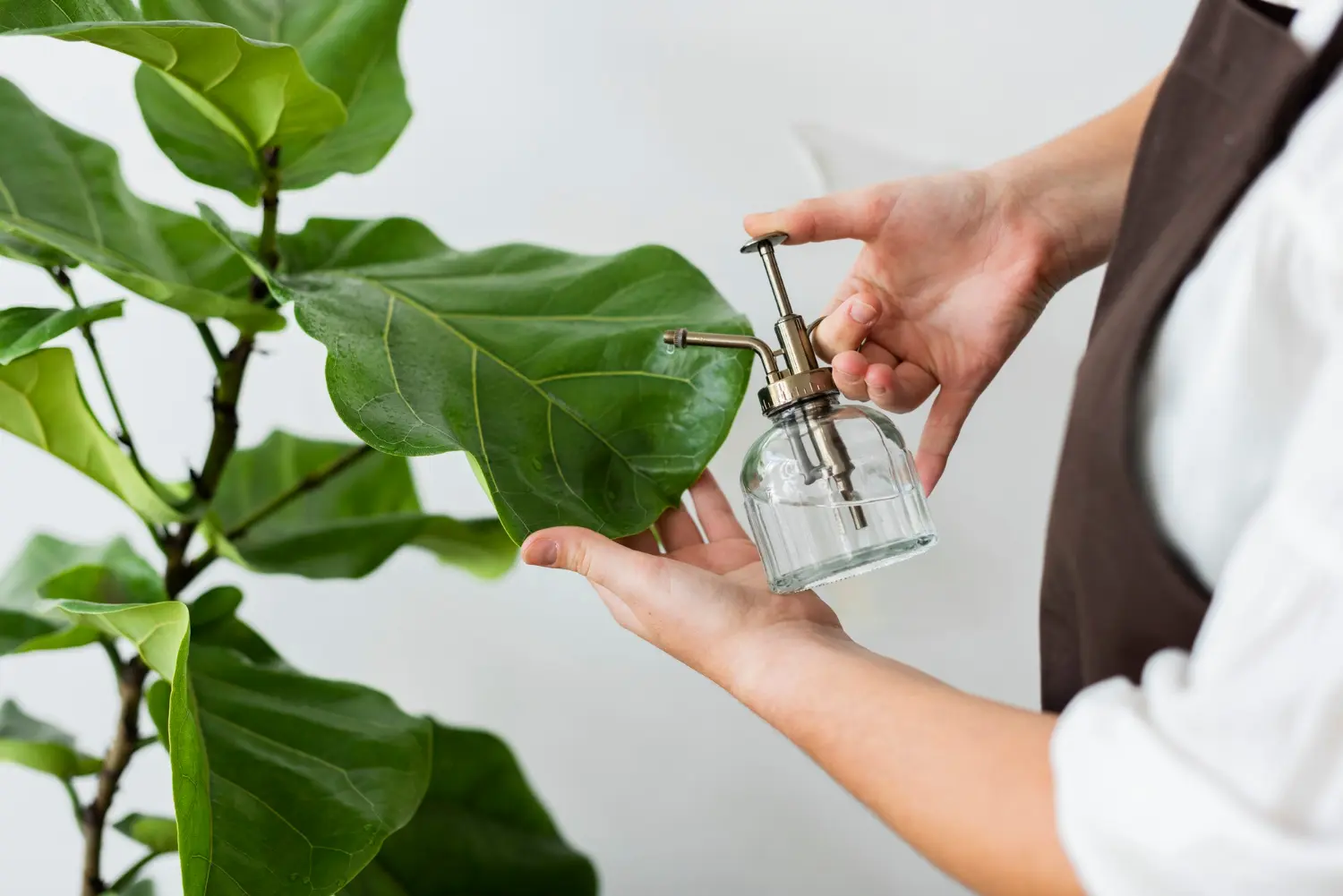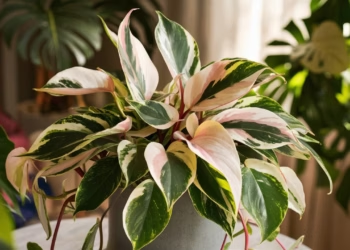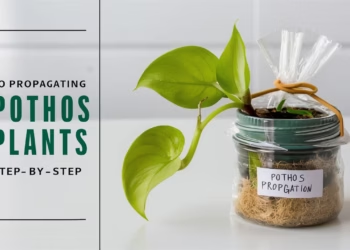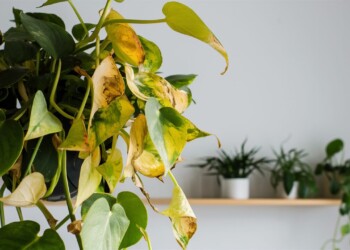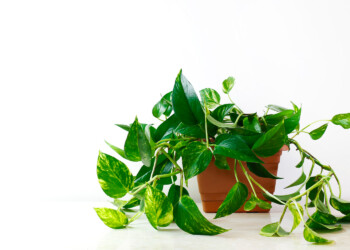So, you’ve caught the plant bug, and now you’re eyeing that gorgeous philodendron in the corner, thinking, “How can I get more of these beauties?” Well, you’re in luck because today, we’re diving headfirst into the world of propagation, specifically focusing on the beloved philodendron. Whether you’re a seasoned plant parent or just dipping your toes into the gardening game, we’ve got you covered with the three easiest ways to propagate a philodendron! Let’s embark on this green journey together and unlock the secrets to multiplying your plant family!
Table Of Contents
Understanding Philodendron Propagation
Before we jump into the propagation methods, let’s take a moment to understand why propagating philodendrons is such a popular practice among plant enthusiasts. Philodendrons, with their lush foliage and low-maintenance nature, make them a favorite choice for both indoor and outdoor spaces. But what if you could turn one philodendron into many, effortlessly? That’s where propagation comes into play!
Propagation is the process of creating new plants from existing ones, and philodendrons happen to be quite the propagation-friendly plants! By utilizing certain techniques, you can multiply your philodendron collection without breaking a sweat. Plus, it’s a fantastic way to share the love of plants with friends and family! So, without further ado, let’s delve into the three easiest ways to propagate a philodendron!
When to Propagate Philodendron
Timing is crucial when embarking on the propagation journey. Optimal propagation occurs during the active growing season of spring and summer when philodendrons exhibit robust growth. Pruning, an essential precursor to propagation, is also best executed during this period. While propagation can occur during fall and winter, the process might prolong due to the plant’s reduced metabolic activity during colder months.
Types of Philodendron Suitable for Propagation
The genus Philodendron boasts a diverse array of species, encompassing both trailing and self-heading varieties. Trailing philodendrons, characterized by their vine-like growth and heart-shaped leaves, offer ideal candidates for propagation endeavors. Notable members include the classic heart-leaf philodendron, along with cultivars such as Philodendron ‘Brasil’ and Philodendron brandtianum. On the other hand, self-heading philodendrons like Philodendron ‘Birkin’ and Philodendron ‘Pink Princess’ exhibit upright growth patterns, originating from a central stem.
Materials Required for Philodendron Propagation
Before delving into the propagation process, it’s imperative to gather the essential materials:
For Water Propagation:
- Water
- Potting mix
- Small plant pot
For Soil Propagation:
- Potting mix
- Small plant pot
- Rooting hormone (optional)
How To Propagate A Philodendron
Method 1: Stem Cuttings
Stem cuttings are perhaps the most popular and straightforward method of philodendron propagation. Here’s how you can do it in three simple steps:
- Selecting the Cutting:
- Choose a healthy, mature philodendron plant with several nodes along its stem.
- Using sharp, clean scissors or pruning shears, cut a 4-6 inch section of the stem just below a node. Ensure that the cutting has at least two to three leaves.
- Preparing the Cutting:
- Remove any leaves from the lower half of the cutting to expose the nodes.
- Optionally, you can dip the cut end of the stem in rooting hormone to encourage faster root development.
- Planting the Cutting:
- Fill a small pot with well-draining potting mix.
- Insert the cut end of the stem into the soil, ensuring that at least one node is buried.
- Water the cutting thoroughly and place it in a warm, indirect light location.

Before you know it, your stem cutting will develop roots, and you’ll have a brand-new philodendron plant ready to thrive!
Method 2: Water Propagation
Water propagation is another easy and visually appealing method for propagating philodendrons. Here’s a step-by-step guide:
- Preparing the Cutting:
- Similar to stem cuttings, select a healthy philodendron stem with several nodes.
- Take a clean glass or jar and fill it with room temperature water.
- Placing the Cutting in Water:
- Submerge the lower portion of the cutting in the water, ensuring that at least one node is submerged.
- Place the glass or jar in a bright, indirect light location, avoiding direct sunlight.
- Maintaining the Cutting:
- Change the water every few days to prevent stagnation and keep it fresh.
- Within a few weeks, you should start to see roots emerging from the submerged nodes.

Once the roots are well-developed, you can transplant the cutting into soil, and voila! You’ve successfully propagated your philodendron using water!
Method 3: Air Layering
Air layering is a slightly more advanced propagation technique but yields excellent results with philodendrons. Here’s how to do it:
- Selecting the Branch:
- Identify a healthy, mature branch on your philodendron plant.
- Make a small incision or wound on the branch where you intend to encourage root growth.
- Applying Rooting Medium:
- Take a handful of moist sphagnum moss or rooting medium and wrap it around the wounded portion of the branch.
- Secure the moss in place with plastic wrap or aluminum foil, ensuring it remains moist.
- Encouraging Root Growth:
- Over time, roots will begin to grow into the moist moss medium.
- Once roots are well-established, carefully remove the moss and cut below the rooted section of the branch.
- Transplanting the Rooted Section:
- Plant the rooted section in a pot filled with well-draining soil.
- Keep the soil consistently moist and provide indirect light to encourage healthy growth.
Air layering may take a bit more patience, but the results are well worth the wait! Before you know it, you’ll have a thriving new philodendron plant to add to your collection!
And there you have it, folks! With these three easiest ways to propagate a philodendron, you’ll be well on your way to expanding your plant collection in no time! Whether you opt for stem cuttings, water propagation, or air layering, each method offers its own unique benefits and rewards. So, grab your pruning shears and get ready to unlock the magic of propagation! Happy gardening!
FAQs
Can you grow a philodendron from a cutting?
Yes, you can grow a philodendron from a cutting. Philodendrons are easily propagated from stem cuttings, which can develop roots and grow into new plants when provided with the right conditions.
Is it better to propagate philodendrons in water or soil?
Both water and soil propagation methods work well for philodendrons. Propagating in water allows you to monitor root development easily, while soil propagation offers a more stable environment for root growth. Some prefer water propagation for its visibility, while others choose soil for its consistency.
Can philodendron grow in water?
Yes, philodendrons can grow in water. They can thrive for extended periods when grown in water with occasional fertilization. However, it’s essential to change the water regularly to prevent stagnation and ensure the plant’s health .
How do you get a philodendron to branch?
To encourage branching in a philodendron, pinch or prune the growing tips of the stems. This action redirects the plant’s energy to lateral growth, resulting in fuller and bushier foliage. Regular pruning also helps maintain the plant’s shape and appearance .
Does philodendron need full sun?
Philodendrons prefer bright, indirect light but can tolerate lower light conditions. While they can survive in full sun, too much direct sunlight may scorch their leaves. Optimal conditions include bright, filtered light, such as that found near a north or east-facing window .
Can I grow philodendron from a leaf?
Yes, you can grow philodendron from a leaf, although it’s less common than stem propagation. Place the leaf in a suitable growing medium, keep it moist, and provide warmth and indirect light. With time, roots may develop, and a new plantlet may emerge from the base of the leaf .
